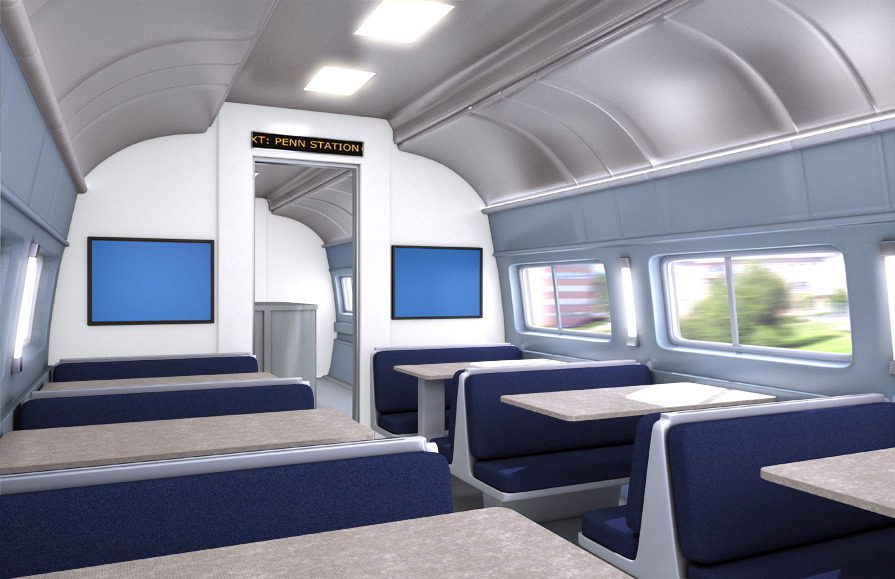Railways moving towards Plastics

Plastic Compounds in Railway Interiors
Railways around the world need smarter solutions, like rail pads that combine long-term endurance with a minimum of maintenance.
Trains are vital to economies around the world, and so is railway technology that can help keep them moving more reliably.
Plastic Alloy materials are helping rail pads and track systems withstand heavy loads and harsh conditions longer. SUGOI Enterprises engineers are collaborating with equipment-makers to help find smart solutions for local challenges.
Building in Reliability
The reliability of a rail system is only as good as the reliability of its tracks. So developing high-performance rail components is an industry-wide priority. One area of focus for SUGOI Polymers is the rail pad, the assembly that anchors the rail to the ties or rail bed.
Thermoplastic polyester elastomer is one material used, offering:
- Excellent flex fatigue and broad temperature use.
- Resistance to tearing, flex-cut growth, creep and abrasion.
- Outstanding strength and toughness.
- Superior durability vs. rubber
Production of Railway Line Sleepers from Recycled Plastic Waste

Plastic Composite Railway Line Sleepers
Railway sleepers are structural materials, which are laid horizontally underneath tracks to hold railway lines in place at the correct gauge. Sleeper form the stable & flat support on ground for vehicle movements. These vital commodities are produced and installed to meet the demand of rail track expansions, track repair/ maintenance & replacement of old sleepers.
Railway sleepers or ties were earlier made of wood, but subsequently replaced by “pre-stressed concrete” and is now widely used. Steel railway sleepers are often seen often in between wood and concrete but are susceptible to corrosion. Construction Engineering Research Laboratories, and the US Plastic Lumber Company started developing the first plastic composite railway sleeper to satisfy mechanical property targets defined by the US railroad industry.
Composite materials
Composite is produced out of two or more constituent components having different physical or chemical properties. When these components combine, produce a material with characteristics different from the individual components.
Fiber-reinforced plastic (FRP) is a composite material made of a polymer matrix reinforced with fibers. Polymer is a macro molecule, composed of many repeated sub-units.
Synthetic polymers are human-made polymers. From the utility point of view they can be classified into four main categories: thermoplastics, thermosets, elastomers and synthetic fibers. They are found commonly in a variety of consumer products such as money, super glue, etc
The fibers are usually glass, carbon, etc. The polymer is usually an epoxy, vinyl ester or polyester thermosetting plastic, and phenol formaldehyde resins are still in use. FRPs are commonly used in the aerospace, automotive, marine, construction industries and ballistic armor
Plastic Wastes
Plasticare most commonly derived from petrochemicals, they are typically synthetic organic polymer substances of high molecular mass, but often contain other substances too. The plastics producers rarely use recycled materials in their products, unlike metal industries. The plastic recycling agencies operating in some cities that collect every type of plastic via their recycling programs lead people to assume that all plastic products are being recycled, and that’s simply not true.
Non-recyclable plastics are separated from the collection and land filled. Some plastics are toxic, such as PVC or vinyl. PVC contains phthalates and heavy metals, and creates dioxins when it burns. Other plastics contain Bisphenol-A (BPA), which has been identified as a chemical that disrupts hormones.
Plastics can contain thousands of possible additives, and manufacturers hardly disclose what their recipes are. Because plastics and their ingredients are pervading our oceans and waterways, invading the bodies of humans and wildlife, especially the plastic bags have created problems to the environment because plastic bags are cheap and are not biodegradable, and many users throwaway the used bags any where these substances.
Efforts have occurred in some places to reduce consumption and promote plastic recycling. Therefore it is now essential to look at the full life cycle of plastics, from production through disposal.
Production
Composite sleepers are produced from mixtures of plastic, rubber from used tires, waste fiberglass etc & glue to fabricate a product having the pliability of wood and the durability of concrete sleeper.
Japanese manufacturer Sekisui Chemical provided fibre-reinforced foamed urethane (FFU) sleepers for the Shinkansen high-speed train. 90,000 FFU sleepers are laid every year there.
In India plastic material is considered as waste material, but it is also true that all plastic waste cannot provide appropriate properties of composite sleepers.
According to a waste and resources action programme (WRAP-2006) note that a mile of composite sleepers uses two million plastic bottles, 8.9 million plastic bags and 10,800 post-consumer tires that could otherwise end up in landfill.
The manufacturing process of composite sleepers is expensive since it is imported from out side. The indigenous manufacturing process will become more refined and affordable.
Fibre reinforced plastics (FRP) is Future of Railways

Fiber Reinforced Plastic Compounds in Railway Interiors
Rising energy prices and environmental concerns are intensifying the global push for quantum gains in materials performance. Fibre reinforced plastics (FRP), originally developed for aerospace industry, is being used more and more because of their excellent specific properties, e.g. high strength and stiffness, low weight and the potential of engineering the load bearing characteristics by orientation of fibres (esp. continuous) along the load paths.
These materials offer some significant advantages to metals in many structural applications due to the flexibility of selecting various combinations of fibre reinforcement and resin matrix. Selection of the optimal reinforcement and material is dependent on the property requirements of the finished part.
This is due to the lower density of composites and in addition, their inherent properties provide performance benefits over metals. Engineered plastic composites are gradually finding scope for wider applications in industries. Their intrinsic properties lend themselves to easy adaptation and effective customization
With a view to catering to above needs, composites have been identified as an important material for application in the Indian Railways. Various agencies of Indian Railways such as Research Designs & Standards Organization (RDSO)-Lucknow, Integral Coach Factory (ICF)-Chennai, Rail Coach Factory (RCF), Kapurtala and Carriage Repair Workshops are working closely towards inducting composites in railway applications.
